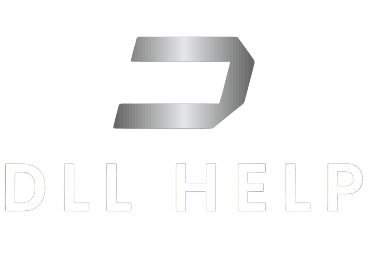Comprehensive Technical Article: ‘unityplayer.dll’
1. Core Functionality and Role
‘unityplayer.dll’ is a dynamic link library file that is an essential component of the Unity game development platform. This DLL file contains code and data that is used by software applications and games developed using Unity. ‘unityplayer.dll’ provides critical functionality related to rendering graphics, physics, audio, input, and other core aspects of creating and running interactive 3D applications.
In software applications or operating systems, ‘unityplayer.dll’ is significant as it facilitates the execution of programs and games built with the Unity engine. As an integral part of Unity-based applications, it plays a crucial role in enabling the graphical and interactive components of the software to function effectively on various platforms, including Windows, macOS, Linux, Android, and iOS.
2. Core Functionalities and Integration Aspects
The core functionalities of ‘unityplayer.dll’ are deeply integrated with the Unity engine’s components, such as Unity’s rendering pipeline, physics engine, audio system, input handling, scripting interface, and platform-specific implementations. This DLL file ensures the seamless operation and integration of these essential elements in Unity-based applications or games.
Regarding compatibility, ‘unityplayer.dll’ is designed to work with various system architectures and Windows versions. It is compatible with both 32-bit (x86) and 64-bit (x64) systems, enabling Unity-based applications to run on a wide range of hardware configurations. Furthermore, ‘unityplayer.dll’ is designed to function effectively on Windows 7, Windows 10, and Windows 11, ensuring broad compatibility with different versions of the Windows operating system.
3. Common Issues and Resolutions
Common problems encountered with ‘unityplayer.dll’ may include “file not found” errors, “missing file” issues, and compatibility issues with 32-bit (x86) and 64-bit (x64) systems. The location of the ‘unityplayer.dll’ file on Windows can vary depending on the installation path of Unity-based applications. Common locations may include the ‘C:Program FilesUnity’ directory or the specific installation folder of a Unity project.
To resolve these issues, users can perform troubleshooting steps such as checking the integrity of the installation, updating Unity engine or the specific application, and ensuring the correct version compatibility of ‘unityplayer.dll’ with the software. Additionally, obtaining the DLL file from reputable sources and ensuring its compatibility with the system architecture and Unity version is critical for resolving common issues related to ‘unityplayer.dll’.
4. Managing ‘unityplayer.dll’ Effectively
Effectively managing ‘unityplayer.dll’ involves ensuring compatibility with the target system and using reputable sources for obtaining the DLL file. It is essential to keep the Unity engine and Unity-based applications updated to the latest versions to mitigate potential compatibility issues and to leverage performance improvements and bug fixes provided by Unity Technologies.
Moreover, maintaining system compatibility by installing the appropriate Unity engine version and ensuring the correct system architecture alignment with ‘unityplayer.dll’ is crucial for a successful and seamless operation of Unity-based software applications and games.
Download UnityPlayer.dll for free
- Size: 24.68 MB
